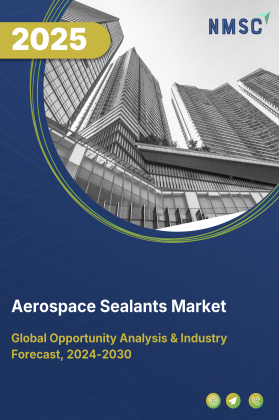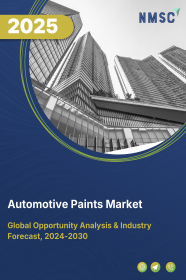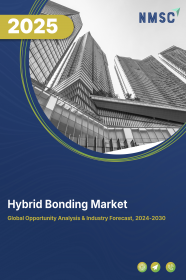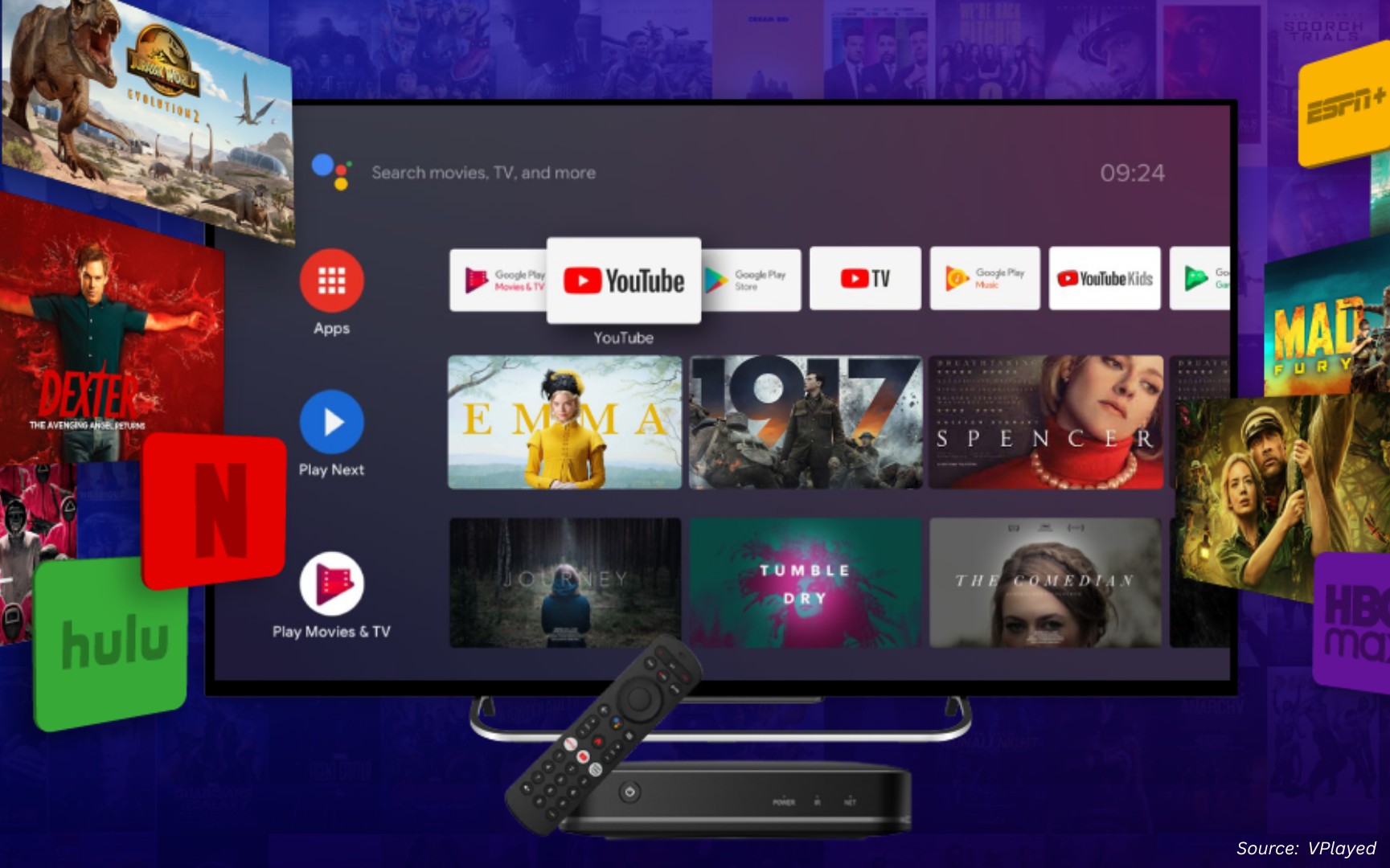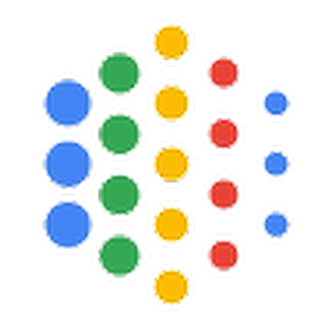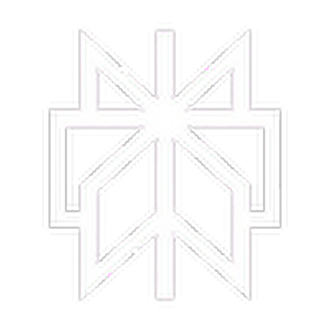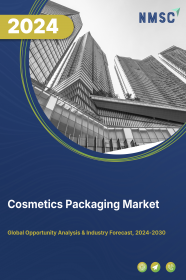
Cosmetics Packaging Market by Type (Bottles, Tubes, Jars & Containers, Roller Balls, Pen Types, Sticks, Caps & Closures, Pumps & Dispensers, and Others), by Material (Plastic, Metal, Glass, Paper, and Others), and by Application (Hair Care, Nail Care, Skin Care, Makeup, and Others)- Global Opportunity Analysis and Industry Forecast 2022-2030
Cosmetics Packaging Market Report - Comprehensive Overview | |
| Study Period | 2020 - 2030 |
| Base Year for Estimation | 2024 |
| Forecast Data Period | 2026 - 2030 |
| Market Size in Base Year | 45.14 |
| Market Size in Forecast Year | 56.74 |
| Growth Rate 2026 - 2030 | 4.68% |
| Growth Factors | |
| Report Coverage | The report provides insights on market size, forecasts, emerging trends, competitive landscape, key segments, growth opportunities, recent developments, and strategic recommendations to help stakeholders make informed business decisions. |
| Segments Covered | Cosmetics Packaging Market by Type (Bottles, Tubes, Jars & Containers, Roller Balls, Pen Types, Sticks, Caps & Closures, Pumps & Dispensers, and Others), by Material (Plastic, Metal, Glass, Paper, and Others), and by Application (Hair Care, Nail Care, Skin Care, Makeup, and Others) |
| Countries Covered | 28 |
| Geographical Analysis | North America (The U.S., Canada, Mexico); Europe (The UK, Germany, France, Italy, Spain, Denmark, Netherlands, Finland, Sweden, Norway, Russia, Rest of Europe); Asia-Pacific (China, Japan, India, South Korea, Australia, Indonesia, Singapore, Taiwan, Thailand, Rest of Asia-Pacific) and RoW (Latin America, Middle East, Africa) |
| Companies Profiled | Top 10 companies |
| Market Share | Available for top 10 companies |
| Customization Scope | Free customization (equivalent to up to 80 working hours of analysts) after purchase. Addition or alteration to country, regional, and segment scope. |
| Purchase Option | Avail customized purchase options to meet your exact research needs. |
Market Definition
The Cosmetics Packaging Market size was valued at USD 35.86 billion in 2021 and is predicted to reach USD 56.74 billion by 2030 with a CAGR of 5.0% from 2022-2030.
Cosmetics Packaging refers to the containers and packages used for packaging beauty products, fragrances, and cosmetics. These materials include glass, plastic, paper, and others that provide extra safety lining as well as a barrier to the cosmetic product which prevents the cosmetic products from damage and contamination during storage & transportation. Usually, the container is made up of durable materials including High-Density Polyethylene (HDPE) and BPA-free aluminium to give the product long shelf life. The cosmetic containers or packages carry the name of the distributor, the ingredients, define storage, nominal content, product identification (e.g., batch number), warning notices, and directions for use. It also contains labels that legibly display basic information about the product and the manufacturer.
Market Dynamics and Trends
The rising consumer preference for high-quality products and changing lifestyles such as using customizable beauty products and partnering with fashion influencers that promote cosmetics products encourage the producers including Bella Vita and Premji to invest in their cosmetic production. For instance, in April 2022, Bella Vita collaborated with Kajal Aggarwal, Pulkit Samrat, and Sanjana Sanghi, to help generate awareness amongst a larger audience and add to Bella Vita Organic brand equity. This in turn, supports the growth of cosmetics packaging market. Also, number of beauty clinics, salons, and makeup studios around the world are increasing owing to rising trends in makeup industry, which in turn propel the cosmetics packaging industry growth.
For instance, according to the SBDC Net Organization, The U.S. hair care services industry involves more than 80,000 establishments that include 77,000 beauty salons and 4,500 barber shops with combined annual revenue of about $20 billion. In addition, increase in penetration of internet and increase in smartphone users are driving the online sales of the beauty and personal care products and positively boosting the e-commerce sector.
Moreover, enhancement of several manufacturers such as Estee Lauder Companies, Revlon, Avon Products, and L’Oréal S.A that highly fragments the beauty and personal care market are fueling the market growth globally. For instance, in August 2021, The Este Lauder Companies entered in partnership with Boddess.com, multi-brand beauty tech retailer by House of Beauty to strategically expand their e-Commerce penetration in India through integration of technology with beauty.
However, the use of plastics in abundance in the packaging market raises several environmental issues such as air pollution as well as damage to marine lives & water bodies that are factors expected to restrain market growth. On the contrary, comprehensive research and development coupled with innovation in packaging through environment-friendly materials such as ‘green-packaging’ or ‘sustainable packaging’ are expected to create lucrative growth opportunities for the market players in the future.
Market Segmentations and Scope of the Study:
The global cosmetics packaging market is segmented on the basis of type, material, application, and geography. Based on type, the market is classified into bottles, tubes, jars & containers, roller balls, pen types, sticks, caps & closures, pumps & dispensers, and others. On the basis of material, the market is categorized into plastic, metal, glass, paper, and others. Based on application, the market is divided into hair care, nail care, skin care, makeup, and others. Geographical breakdown and analysis of each of the aforesaid classification includes regions comprising of North America, Europe, Asia-Pacific, and RoW.
Geographical Analysis
Asia Pacific dominates the global cosmetics packaging market and is potently expected to remain dominant in the market throughout the forecast period. This is attributed to factors such as rising population of the millennials along with the increasing disposable income of people in this region that is influencing the use of cosmetic and beauty products.
Also, enhancement in digital transformation is influencing the young generation to reach out to the adoption of sustainable packaging products such as bamboo packaging, paper packaging, and board packaging, which is fueling the market in the Asia Pacific region. For instance, in March 2022, WoW Skin Science introduced a paper tube, specially developed to reduce plastics and the overall impact on the environment compared to that of a traditional plastic tube used for skincare and cosmetic products.
However, North America shows substantial growth in the global cosmetics packaging market as the U.S occupies the largest market share in the world of cosmetics products. It is the largest producer as well as exports its cosmetics products in large volumes in most parts of the world. For instance, in 2020, according to the Observatory of Economic Complexity, United States exported $5.18B of beauty products, making it the 3rd largest exporter of Beauty Products in the world.
The market players in this region such as Berry Global Inc., AptarGroup, Inc., and Amcor PLC are opting for new innovative packaging solutions such as green packaging along with manufacturing of natural products. For instance, in March 2022, Berry Global Group entered in partnership with Koa to launch Body Cleanser & Body Moisturizer bottles made from 100% recycled plastic. This eventually is expected to drive the market growth in this region.
Competitive Landscape
The cosmetics packaging market includes several market players such as Amcor PLC, Berry Global Inc., HCP Packaging, Shiseido Company Limited., Zhejiang Rigao Machinery Corp., Ltd., Graham Packaging Company., AptarGroup, Inc., Gerresheimer AG, Albea SA, and Libo Cosmetics Co., Ltd. These market players are adopting various strategies such as partnership and product launches to maintain their dominance in the global cosmetic packaging market.
For Instance, in June 2021, Berry Global Inc. partnered with Raw Elements USA for the launch of a sugarcane-based tube for their natural and reef-friendly sunscreen, moisturizer, and hand sanitizer product lines. Also, in November 2020, Shiseido Company Limited launched its flagship serum and new eco-friendly lip palette with its Sustainable Beauty Actions (SBAS) initiative. The lip palette is capable to reduce the materials use by 80% as compared to preparing five lipsticks.
Key Benefits
-
The cosmetics packaging market report provides the quantitative analysis of the current market and estimations through 2022-2030 that assists in identifying the prevailing market opportunities to capitalize on.
-
The study comprises a deep dive analysis of the cosmetics packaging market trend including the current and future trends for depicting the prevalent investment pockets in the market.
-
The information related to key drivers, restraints and opportunities and their impact on the cosmetics packaging market is provided in the report.
-
The competitive analysis of the market players along with their market share in the cosmetics packaging market.
-
The SWOT analysis and Porters Five Forces model is elaborated in the study.
-
Value chain analysis in the market study provides a clear picture of the stakeholders’ roles.
Key Market Segments
By Type
-
Bottles
-
Tubes
-
Jars & Containers
-
Roller Balls
-
Pen Types
-
Sticks
-
Caps & Closures
-
Pumps & Dispensers
-
Others
By Material
-
Plastic
-
Metal
-
Glass
-
Paper
-
Others
By Application
-
Hair Care
-
Nail Care
-
Skin Care
-
Makeup
-
Others
By Geography
-
North America
-
U.S
-
Canada
-
Mexico
-
-
Europe
-
UK
-
Germany
-
France
-
Italy
-
Spain
-
Rest of Europe
-
-
Asia-Pacific
-
China
-
India
-
Japan
-
South Korea
-
Australia
-
Rest of Asia-Pacific
-
-
RoW
-
UAE
-
Saudi Arabia
-
South Africa
-
Brazil
-
Remaining Countries
-
Key Players
-
Amcor PLC
-
Berry Global Inc.
-
HCP Packaging
-
Shiseido Company Limited.
-
Zhejiang Rigao Machinery Corp., Ltd.
-
Graham Packaging Company.
-
AptarGroup, Inc.
-
Gerresheimer AG
-
Albea SA
-
Libo Cosmetics Co., Ltd
REPORT SCOPE AND SEGMENTATION:
|
Parameters |
Details |
|
Analysis Period |
2021–2030 |
|
Base Year Considered |
2021 |
|
Forecast Period |
2022–2030 |
|
Market Size Estimation |
Billion (USD) |
|
Market Segmentation |
By Type (Bottles, Tubes, Jars & Containers, Roller Balls, Pen Types, Sticks, Caps & Closures, Pumps & Dispensers, and Others), by Material (Plastic, Metal, Glass, Paper, and Others), and by Application (Hair Care, Nail Care, Skin Care, Makeup, and Others) |
|
Geographical Segmentation |
North America (U.S., Canada, Mexico) Europe (UK, Germany, France, Italy, Spain, Rest of Europe), Asia-Pacific (China, India, Japan, South Korea, Australia, Rest of Asia-Pacific), Rest of the World (UAE, Saudi Arabia, South Africa, Brazil, Remaining countries) |
|
Companies Profiled |
Amcor PLC, Berry Global Inc., HCP Packaging, Shiseido Company Limited., Zhejiang Rigao Machinery Corp., Ltd., Graham Packaging Company., AptarGroup, Inc., Gerresheimer AG, Albea SA, and Libo Cosmetics Co., Ltd. |




















 Speak to Our Analyst
Speak to Our Analyst



